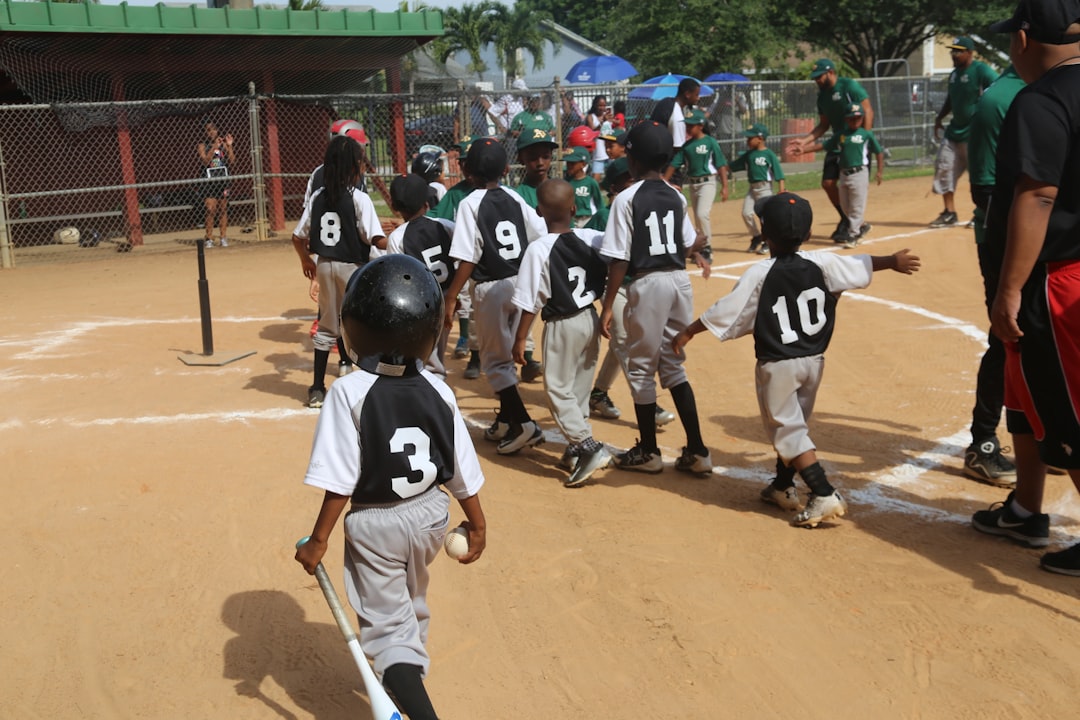Building a great batting order in baseball can feel like solving a fun puzzle. Who should lead off? Who bats cleanup? Each spot in the lineup has a purpose. Don’t worry—it’s easier than you think! Let’s break it down step-by-step and craft the perfect batting order for your team.
Step 1: Understand Each Spot in the Lineup
The batting order isn’t random. It’s strategic! Each position in the lineup has a role to play:
- 1st Batter (Leadoff): This player needs to get on base. They’re usually fast and great at making contact. Think of them as the starter of your engine.
- 2nd Batter: This player should be reliable and good at handling the bat. Their job is to advance the leadoff hitter.
- 3rd Batter: This spot is for one of your best hitters. They often have power but can also hit for average.
- 4th Batter (Cleanup): Your slugger! This player hits home runs and drives in runners already on base.
- 5th Batter: Similar to the cleanup spot, this player has power and adds depth to your lineup.
- 6th–9th Batters: These players are often less consistent but still important. Use this part of the lineup to experiment or give newer players experience.
Once you understand these roles, it’s time to assign your players!

Step 2: Know Your Team
Every baseball team is unique. Pay attention to each player’s strengths and weaknesses. Ask yourself:
- Who gets on base a lot?
- Who hits for power?
- Who has lots of speed and can steal bases?
- Who is consistent, even if they don’t always hit home runs?
Think of your team as a group of puzzle pieces—they should fit together perfectly to make your lineup strong.
Step 3: Pick Your Leadoff Hitter
This is the most important step! The leadoff hitter should be a player who gets on base and has speed. Choose someone who can set the tone for the rest of the team.
Step 4: Build the Middle of the Order
Now, pick your best hitters for the 3rd and 4th spots. These are your “power hitters.” The 2nd spot should go to someone who’s good at advancing runners and making solid contact.
Example lineup basics:
- 1st Batter (Fast, gets on base).
- 2nd Batter (Consistent, can move runners).
- 3rd Batter (Your best all-around hitter).
- 4th Batter (Power hitter).
Step 5: Fill the Bottom of the Lineup
The 5th batter is there to support the cleanup hitter. Pick someone with decent power. The 6th, 7th, and 8th players are where you can spread out your remaining skills. Finally, the 9th batter is often someone speedy—essentially a “second leadoff hitter.”
Step 6: Adjust Based on Performance
Once the season starts, keep an eye on how your batting order is performing. Is your leadoff hitter struggling? Does your cleanup hitter need more help? Don’t be afraid to make changes!
Tips and Tricks
- Mix experience with youth: Place newer players lower in the lineup until they feel more confident.
- Rotate often: If someone gets injured or struggles, move them to a different spot.
- Don’t forget chemistry: Some players work better back-to-back, especially if they know how each other plays.
Example Batting Order
Here’s an example of how a balanced lineup might look:
- Speedy player who gets on base (e.g., center fielder).
- Consistent hitter, good at bunting or advancing runners.
- Your top all-around hitter (e.g., shortstop).
- Powerful cleanup hitter (e.g., first baseman).
- Another power hitter with decent average (e.g., right fielder).
- Solid contact hitter with some power (e.g., catcher).
- A player with potential but not much pressure (e.g., third baseman).
- Anyone reliable to get the lineup ready for the 9th spot.
- Fast player who can “restart” the lineup (e.g., pitcher or second baseman in leagues with DH).

Have Fun With It!
Baseball is a game—it’s supposed to be fun! Experiment with your lineup and see what works best. Remember, every player contributes in some way. The more you learn about your team, the easier the process becomes. Trust your instincts and help your team shine on and off the field!
